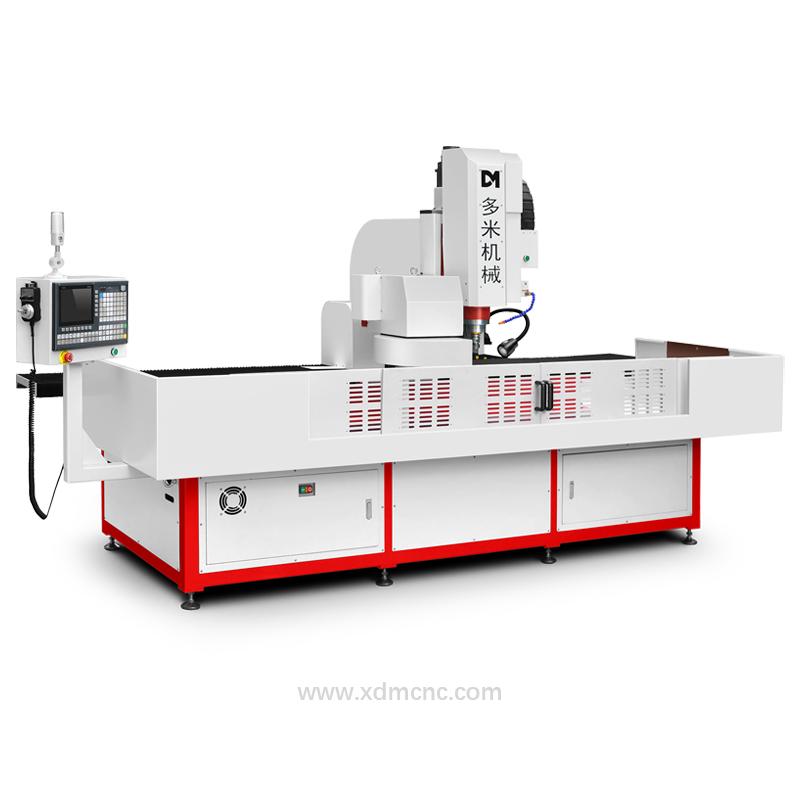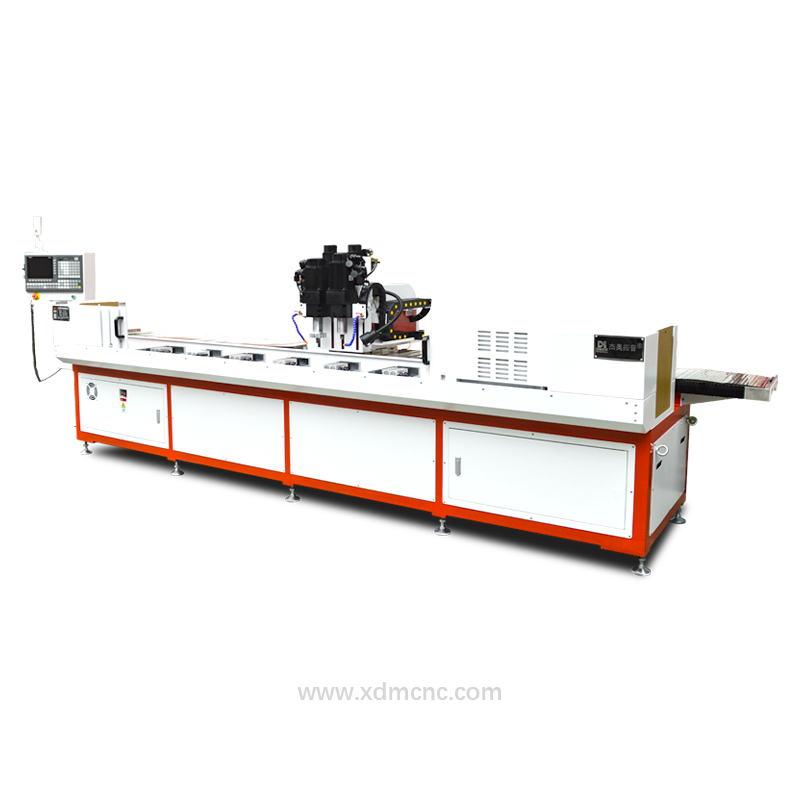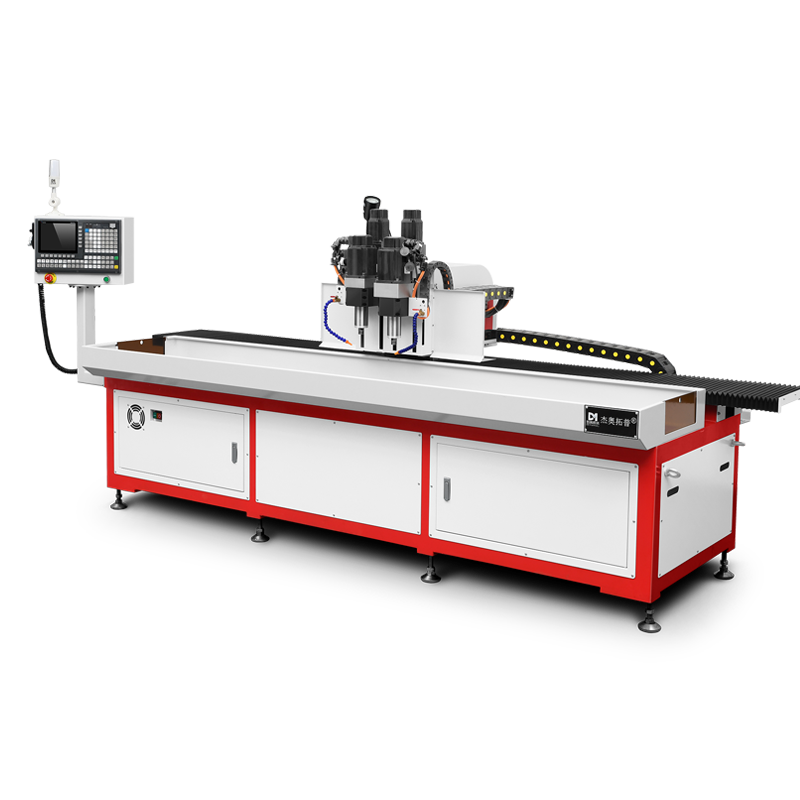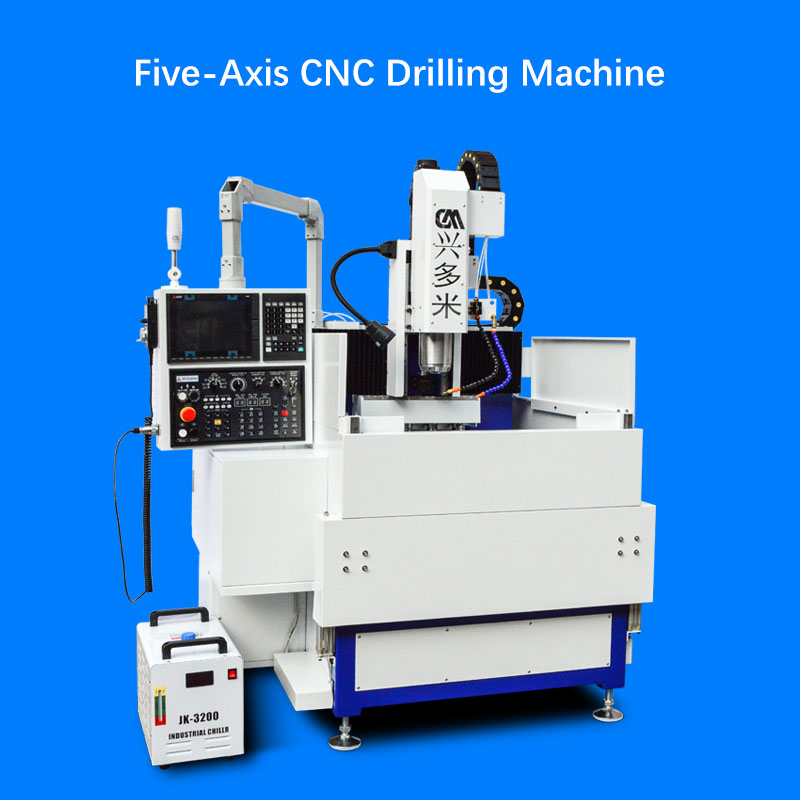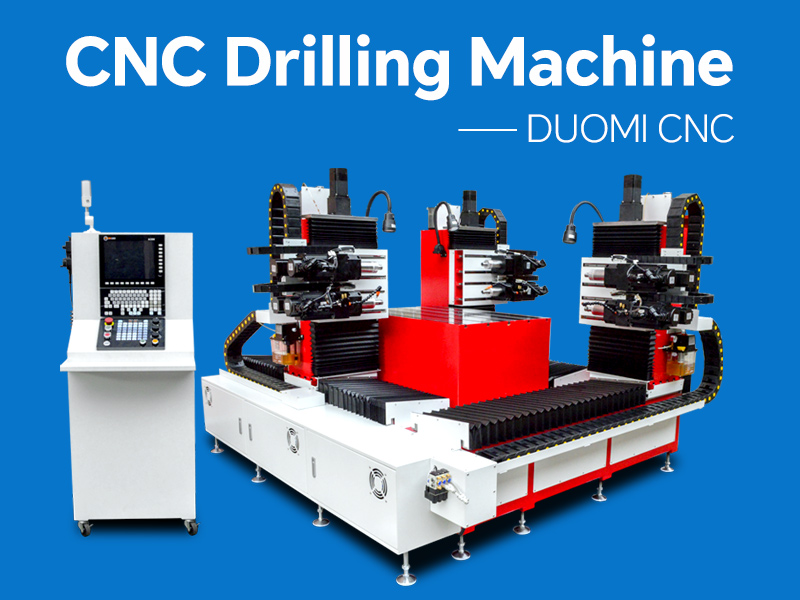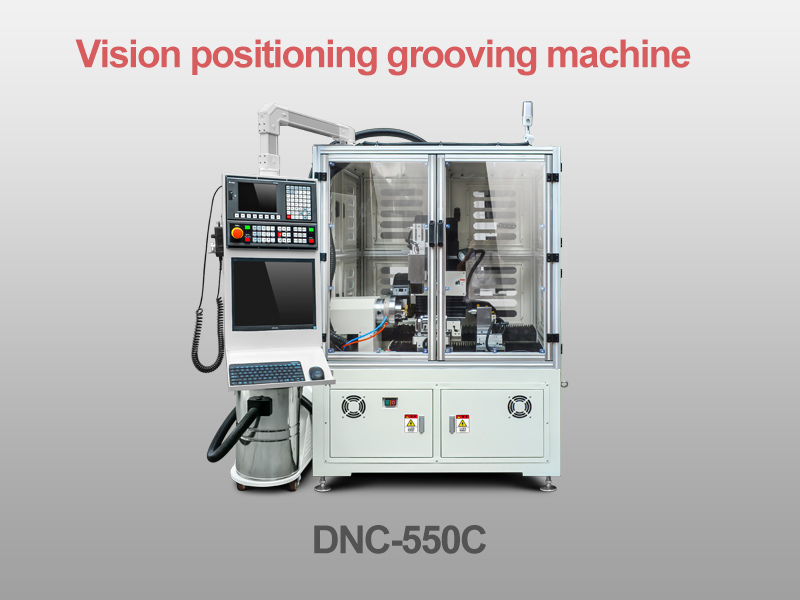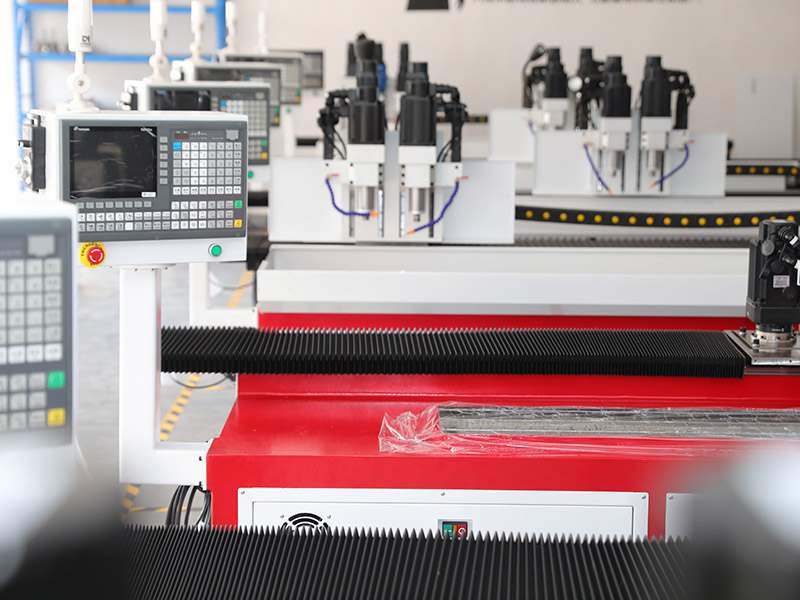Introduction
Drilling is one of the most fundamental machining processes in metalworking, but traditional methods often lead to material wastage, weak hole structures, and increased production time. In contrast, thermal drilling machines provide a chipless, high-strength alternative that enhances mechanical properties and streamlines production. This article presents a comparative analysis of thermal drilling and conventional drilling, evaluating factors such as efficiency, durability, cost-effectiveness, and material properties.
Thermal Drilling vs. Conventional Drilling: A Technical Comparison
1. Drilling Mechanism
Thermal Drilling: Utilizes heat and plastic deformation to extrude metal and form a reinforced hole.
Conventional Drilling: Uses a sharp cutting edge to remove material, creating chips and requiring frequent tool replacements.
2. Strength and Durability
Thermal Drilling: Produces thick-walled holes that can withstand higher loads and provide increased thread engagement.
Conventional Drilling: Creates holes with constant wall thickness, often requiring additional reinforcement like weld nuts or rivets.
3. Tool Life and Maintenance
Thermal Drilling: Tungsten carbide drill bits last significantly longer due to minimal wear.
Conventional Drilling: HSS and carbide drill bits dull quickly, requiring frequent sharpening or replacement.
4. Speed and Productivity
Thermal Drilling: The process is faster, especially in automated production lines.
Conventional Drilling: Slower due to material removal and the need for secondary operations like deburring and countersinking.
5. Material Wastage and Environmental Impact
Thermal Drilling: Chipless process, reducing material waste and environmental impact.
Conventional Drilling: Generates significant metal chips, requiring waste disposal and increasing material costs.
Industrial Applications and Suitability
Best Use Cases for Thermal Drilling:
Thin-walled materials (0.5–10mm thickness)
Structural frameworks requiring strong fastening points
High-production environments with automated machining
Lightweight material applications in aerospace and automotive industries
Best Use Cases for Conventional Drilling:
Deep-hole drilling in thick materials
Applications requiring highly precise bore diameters
Situations where material heating is undesirable (e.g., heat-sensitive alloys)
Cost Analysis: Thermal Drilling vs. Conventional Drilling
While thermal drilling machines have higher initial costs, their long-term benefits often outweigh the investment. Key financial advantages include:
Reduced Tool Replacement Costs: Longer-lasting drill bits reduce expenses.
Elimination of Secondary Processes: Saves on labor and additional machining.
Lower Material Costs: Eliminates the need for fasteners like weld nuts.
Conclusion
Thermal drilling machines provide an innovative alternative to traditional drilling methods by enhancing strength, reducing waste, and improving efficiency. While conventional drilling remains necessary in some applications, industries seeking durability and sustainability are increasingly adopting thermal drilling as their preferred machining solution.




